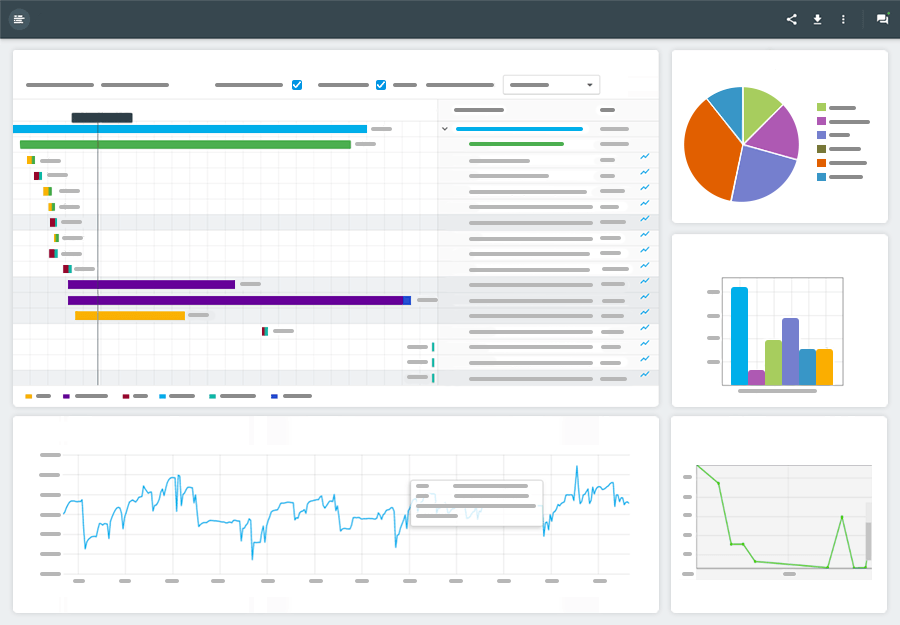 As you’re probably aware, whenever you visit a website, there’s a myriad of moving parts working int he background. While the end-user only sees images, words and video, behind the scenes, there’s a flurry of activity responsible for this desired result.
As you’re probably aware, whenever you visit a website, there’s a myriad of moving parts working int he background. While the end-user only sees images, words and video, behind the scenes, there’s a flurry of activity responsible for this desired result.
Because of this, it’s no surprise that many websites suffer from poor performance. Although you can put into play many different tactics and techniques to help boost performance, one of the most important of these is also the least understood: HTTP requests.
While you may not be familiar with this type of activity, it’s something you should dedicate a substantial amount of time to learn. You may be surprised that the primary reason why your website is so sluggish is because you have far too many HTTP requests.
Back to Basics – Understanding HTTP Requests
In order to fully comprehend what’s happening when a user accesses your website, it’s important to first learn what HTTP requests are and how they influence your website performance.
Whenever an end-user accesses your website, their browser makes a connection with the server hosting your website files. This connection is known as an HTTP Request. When a connection is made, and the web browser sends this request, the server communicates with the browser by sending over the requested files.
Afterwards, the browser does its job by rendering the files into the webpage you see now.
Okay, so this all seems really simple and straightforward. But why is this necessary communication potentially slowing your website performance? The answer is relatively simple: website traffic.
Whenever a visitor accesses your website, their web browser must retrieve the website files with a separate HTTP Request. Remember, a new request must be sent for every file that’s located on the page. This means, if you have hundreds of files, such as images and code documents, the browser and server must make hundreds of connections and communications. This can significantly bog down your website.
When you’re able to reduce the number of page files, you ultimately reduce HTTP Requests. Guess what this result in? You guessed it, a faster website.
Confirm HTTP Request Quantity (And Make Adjustments)
There are many different tools capable of allowing you to check the number of HTTP Requests. This is important to do periodically, especially when you’ve made adjustments to your website. Once you see the number of individual HTTP Requests, you can then understand where you need to aggregate files.
The most common areas that require reconfiguration is your code documents, such as your CSS, Javascript and HTML files. By minifying and combining these files, you can effectively transform and reduce the number of requests without watering down your website.
Here’s another excellent trick: place your Javascript code at the bottom of your stylesheet, just before the closing html tag. This allows your site to fully load without having to wait for Javascript, which can be notoriously long.
If you aren’t well-versed in these tactics, there’s dozens of tools at your disposal. For example, WP Rocket is an excellent option to help streamline your files and reduce your overall HTTP Requests.


